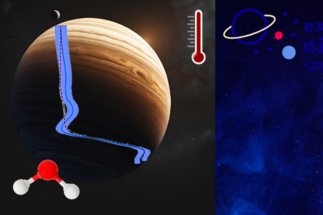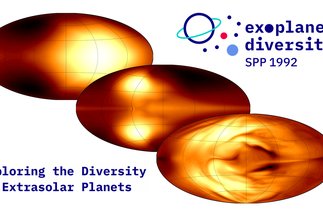
Exploring the Diversity of Extrasolar Planets
(SPP 1992)
The SPP 1992 addresses the diversity and complexity of exoplanets. It links observational methods for planet detection and characterization with theory and modeling. Here at the MPS we are investigating the key physico-chemical processes that determine the composition and temperature of (exo)planetary atmospheres. Additionally, our research focuses on studying the atmospheric dynamics of a special type of exoplanet - Hot Jupiters - because they are the observationally best characterised and most challenging from the modelling/theory point of view.

